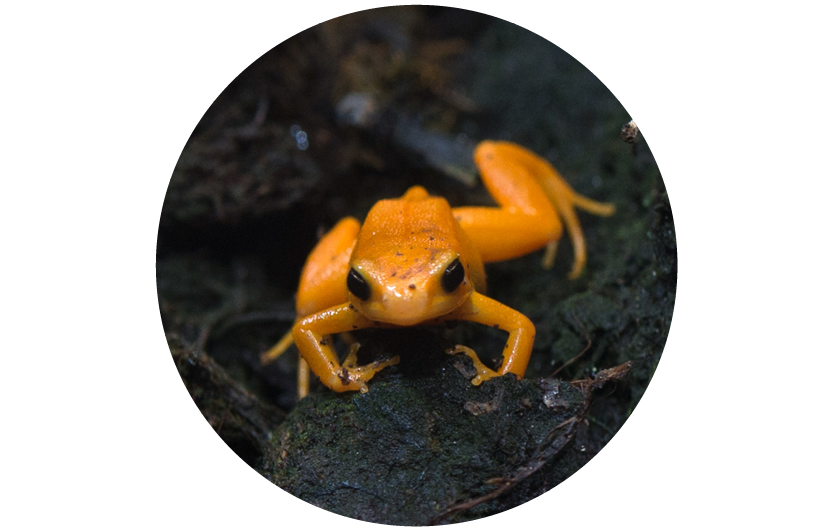WAYS TO HELP
You can help support this project financially by contributing to our general fund, which will be used to generate genomes for our Phase 1 species, by sharing the word via social media, and by partnering with us in a variety of ways. If you are a scientist with a sample you would like to contribute to our project, please contact us. For taxonomic orders with no samples committed, we are open to accepting different species within the same orders. The VGP may be able to arrange funding for your species of interest.



















